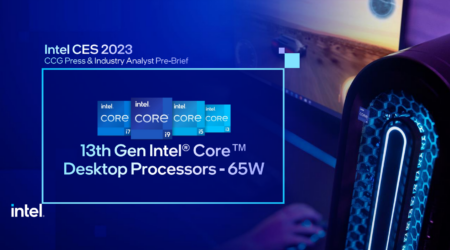
Intel launches five series of processors for mobile devices, from the most productive to chips with ultra-low power consumption. In the new generation line, processors with the number of cores from 4 to 24 and TDP from 6 W to 75 W are available.
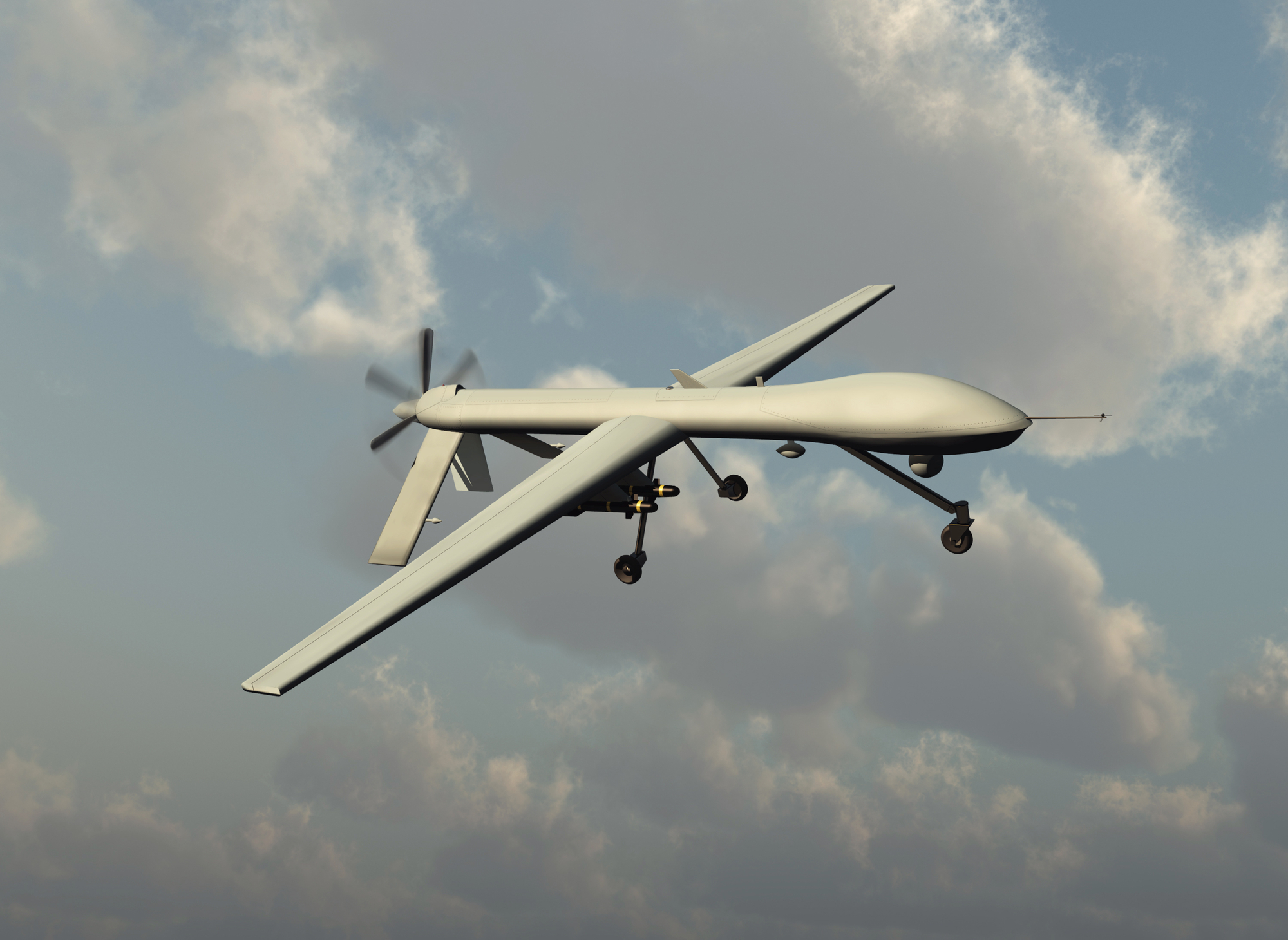
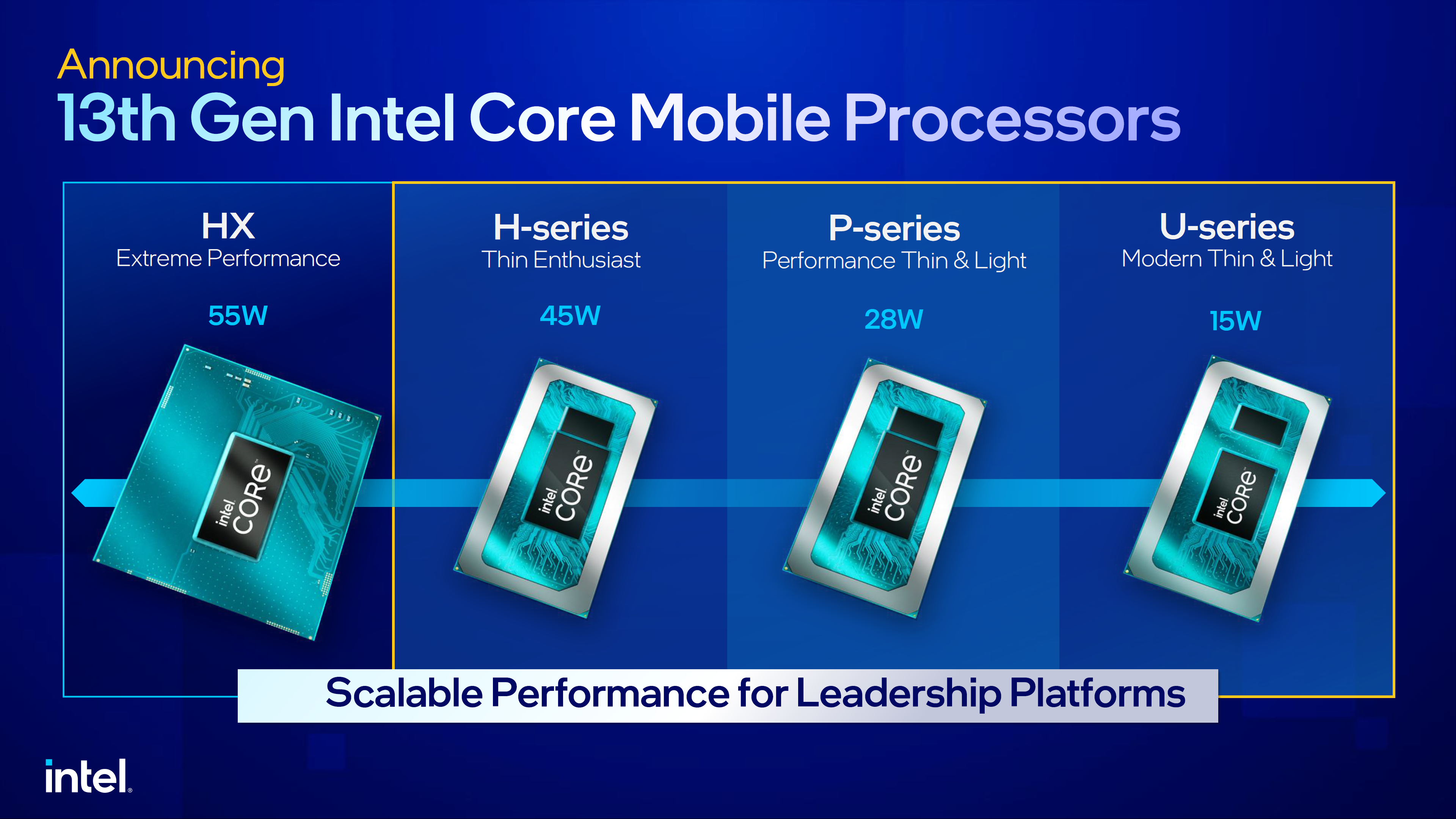
Productive series HX, HK and H
The most high-performance microprocessors for laptops will include the HX series. In total, Intel introduces 9 new processors with the number of cores from 10 to 24 in the HX and H series. The company adds this number of cores to mobile solutions for the first time, but it should be remembered that these 55 W models are not typical. The HX series uses desktop chips with a large number of cores, but with limited graphics performance. In addition, the HX processors have a higher maximum turbo power of 157W, 42W higher than the H series.
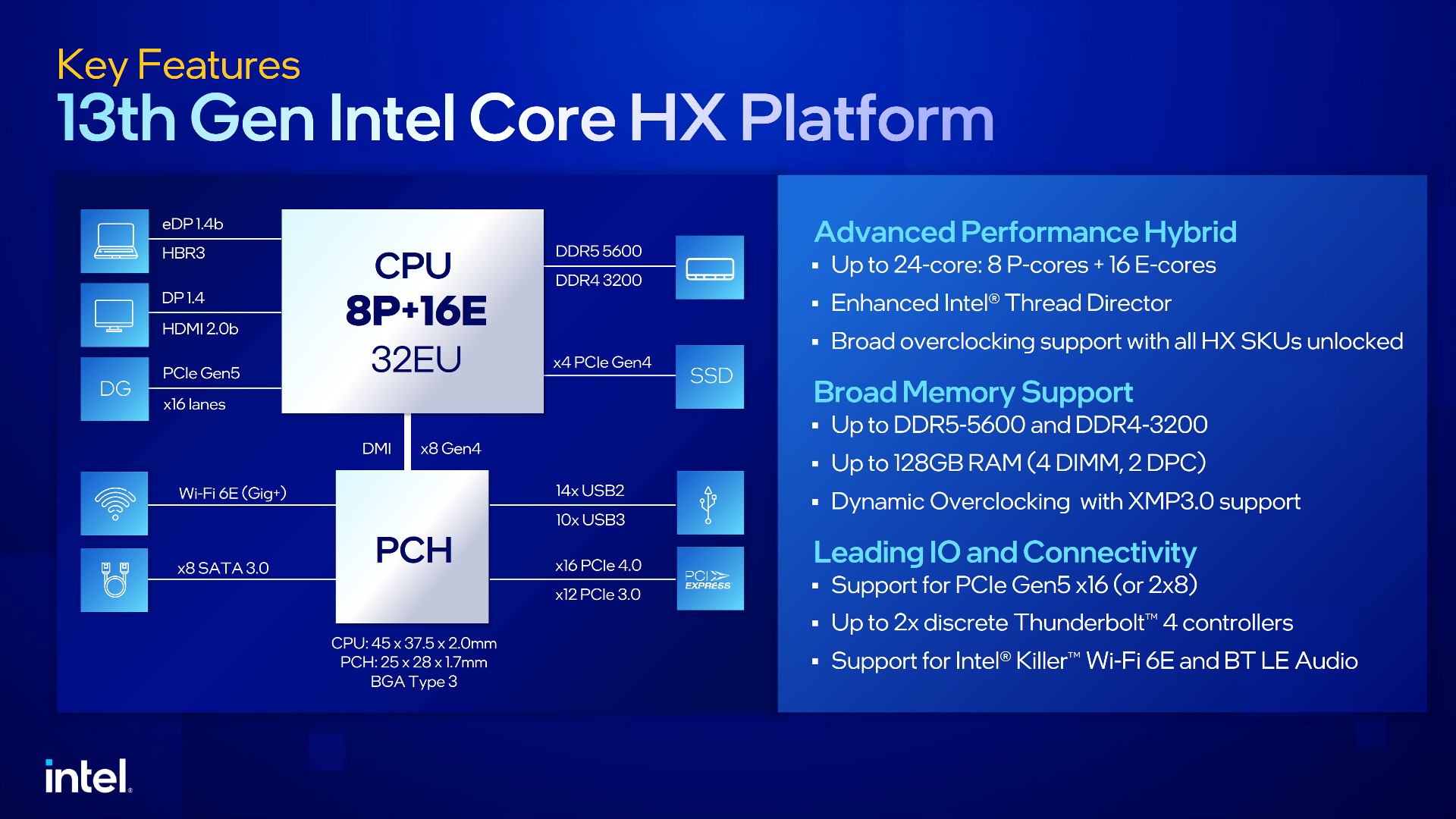
The Core i9-13980HX flagship processor will have 24 cores and a maximum frequency of up to 5.6 GHz. However, the i9-13950HX and i9-13900HX won’t be much slower, offering up to 5.5GHz and 5.4GHz respectively. It is also worth mentioning the Core i7-13850HX processor, which has an unusual configuration of 20 cores/28 threads. Only these four chips will support DDR5-5600 memory, the others will support 4800 MT/s by default.
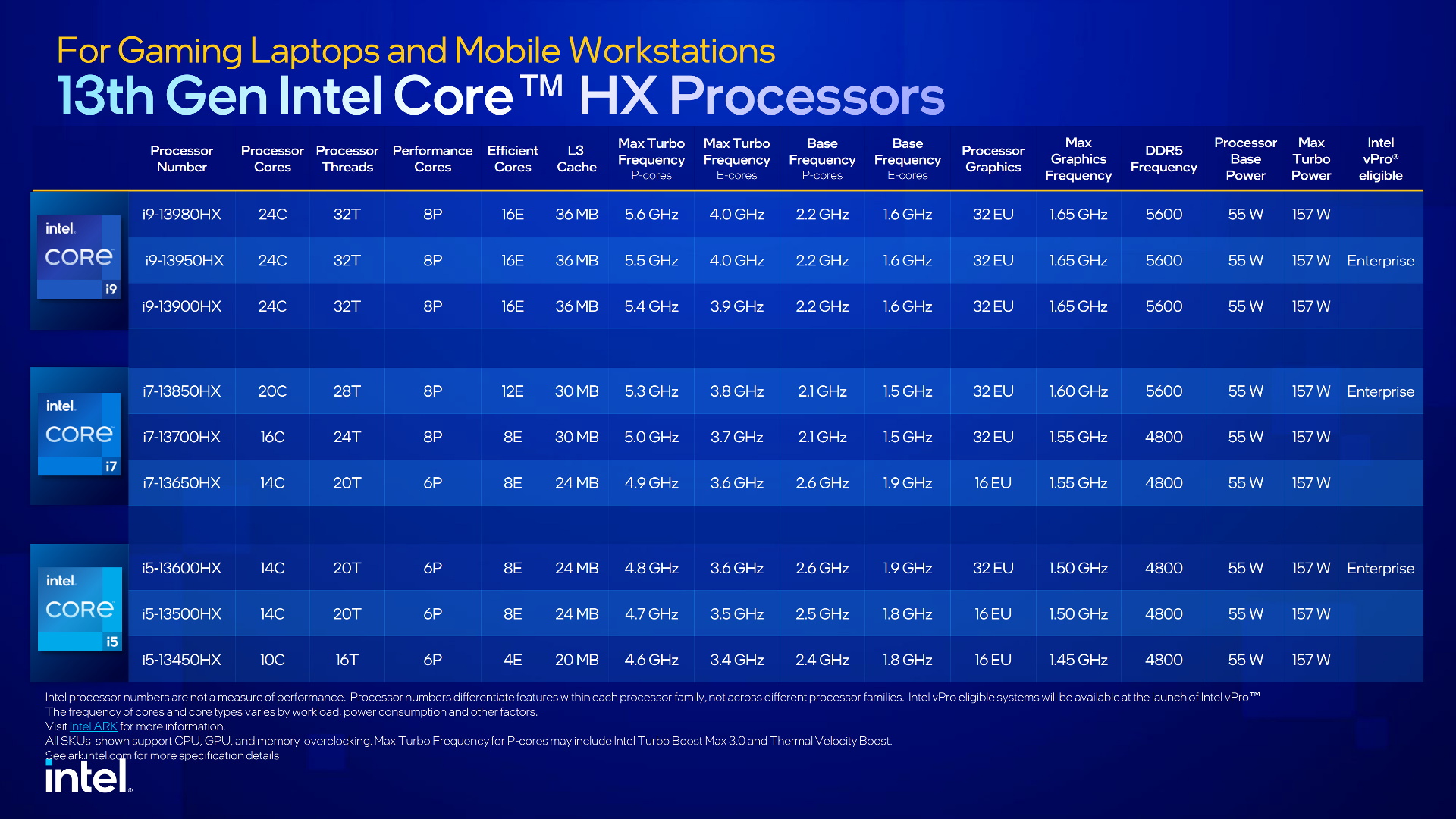
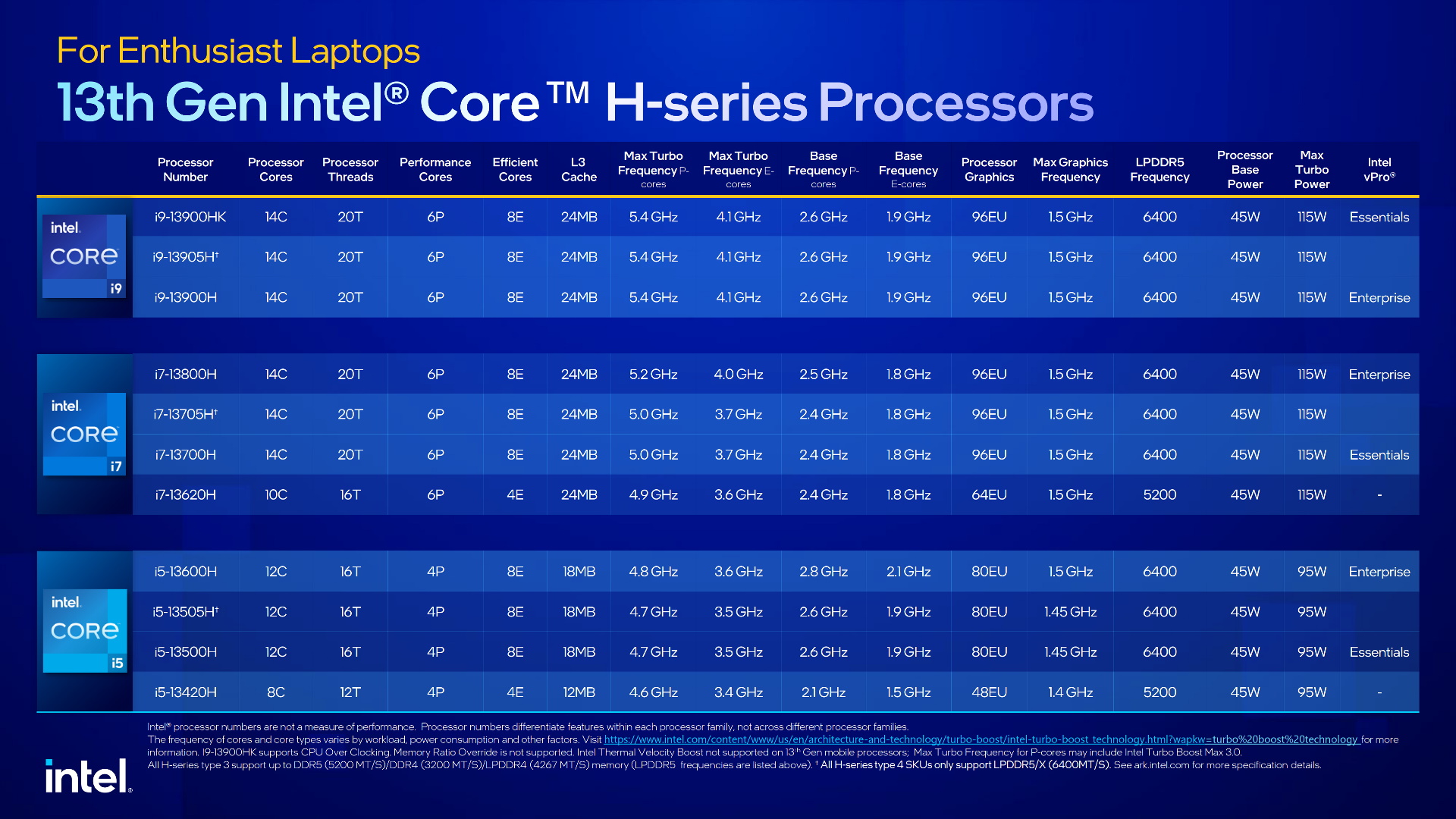
While the HX series is intended for the most powerful gaming and workstations, the H and HK models should become more mainstream. Here, Intel does not make significant changes compared to the 12th generation – they will again be limited to 14 cores and 20 threads. The base consumption of 45 W has not changed, but Intel has managed to increase the clock frequency by 400 MHz for most processors.
P and U series with low energy consumption
The energy-efficient line will receive four P-series processors, 9 U-series models and one special chip called the U300. Specifications range from 5 cores (1P+4E) to 14 cores and 20 threads. P and U processors will be needed in universal laptops for business and everyday use, which do not need a powerful video core for games.
Ultra-budget processors of the N series
Economical in every sense, the N series is technically not part of the Core 13 generation family. Nominally, this is Intel’s new N-series processor family, the successor to the Celeron/Pentium series.
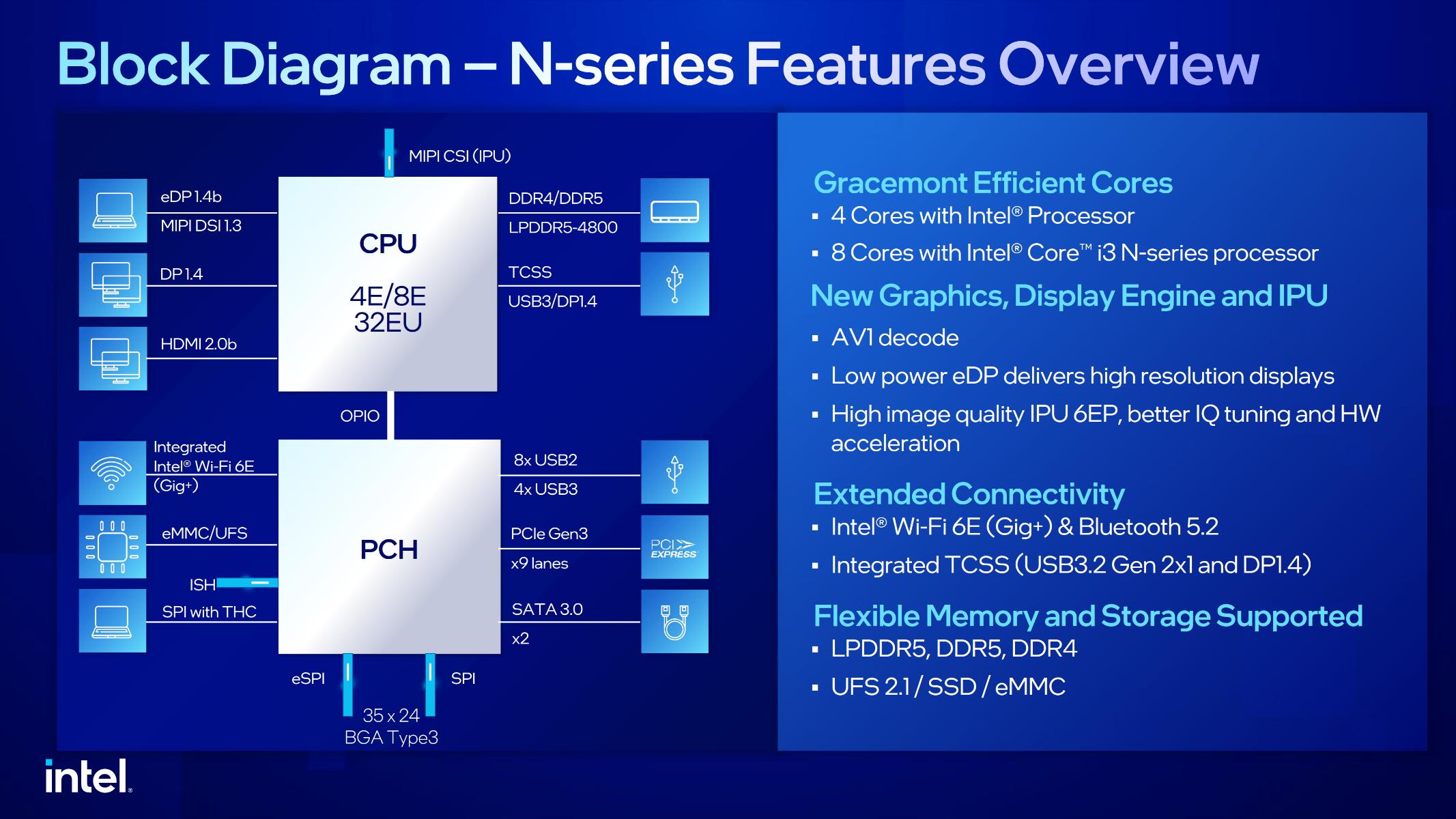
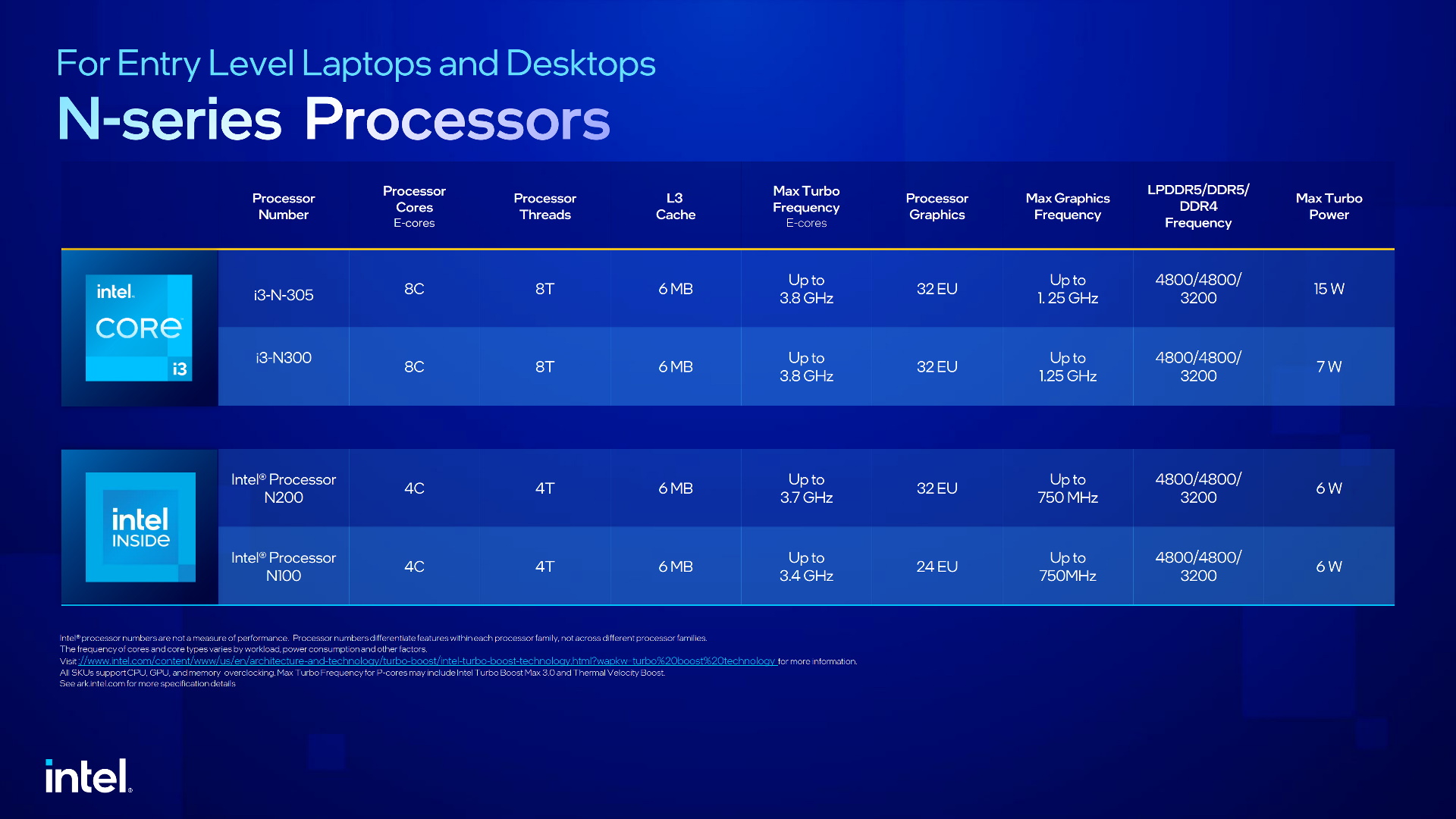
Processors with 4 and 8 cores are based on the Alder Lake-N architecture. Essentially, these are energy-efficient cores (E-cores) that are used as such in older chips. Instead of providing a TDP, Intel only lists the maximum consumption, which is in the range of 6W to 15W. These chips will also be used in entry-level desktop computers.
Processors for desktop PCs
A significant addition to the 13th generation desktop lineup includes new processors with a TDP below 125W. Intel confirmed the leak about ten 65-watt models and six 35-watt models. The full classification of PC processors now looks like this:
- 1XX00 KS – special version (150 W)
- 1XX00K – unlocked (125 W)
- 1XX00 KF – unlocked multiplier + no integrated graphics core (125 W)
- 1XX00 – the multiplier is blocked (65 W)
- 1XX00 F – multiplier locked + no built-in GPU (65 W)
- 1XX00 T – energy-saving version (35 W)
The most significant update concerns the 65W CPUs, which come with 4 to 24 cores. This number includes up to 8 productive cores and 16 efficient cores with a maximum consumption of 89 W to 219 W.

Core i7 and i9 processors will be compatible with DDR5-5600 and DDR4-3200 memory. Others will support DDR5-4800 and DDR4-3200. Thus, faster memory will only be available with more expensive processors.

The Core i5 line includes models with the number of cores/threads 6/12, 10/16 or 14/20. However, these processors are more expensive than their predecessors. Alder Lake Core i5s were priced from $167 to $223, the new chips cost from $196 to $255. The price of the Core i9 line also increased: from $464/$489 to $564/$589.
Intel has raised the prices of 12th generation processors – they are now more expensive than their 13th generation counterparts (probably not for long)
Source: VideoCardz




